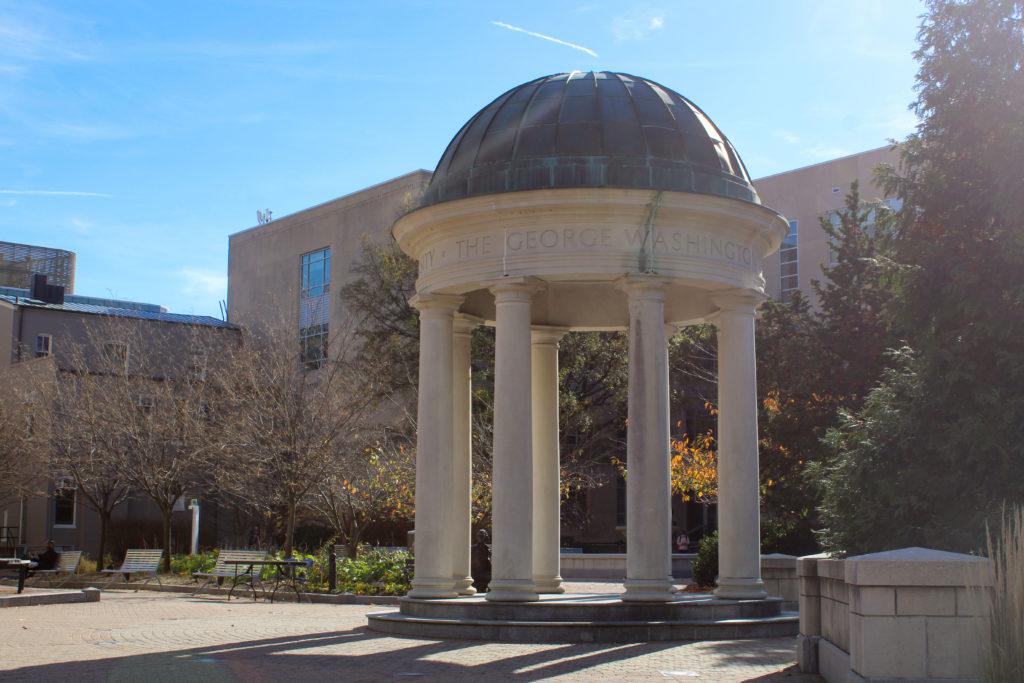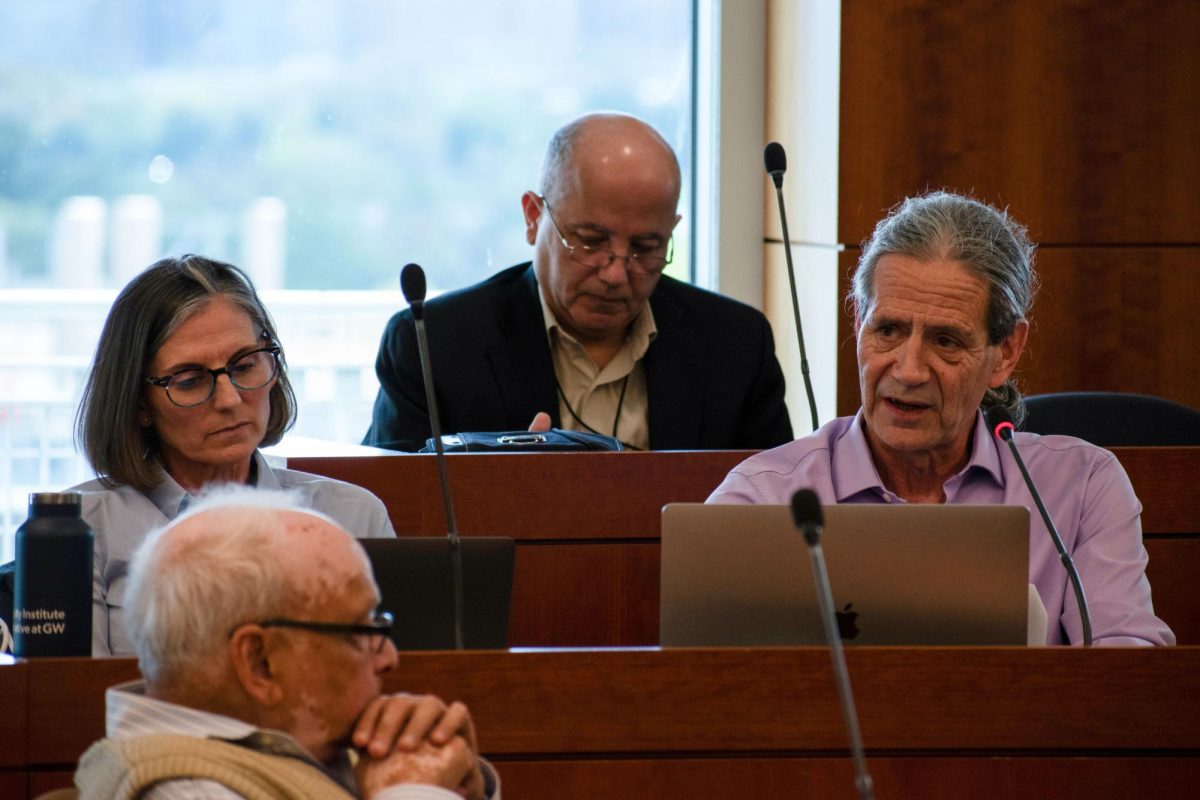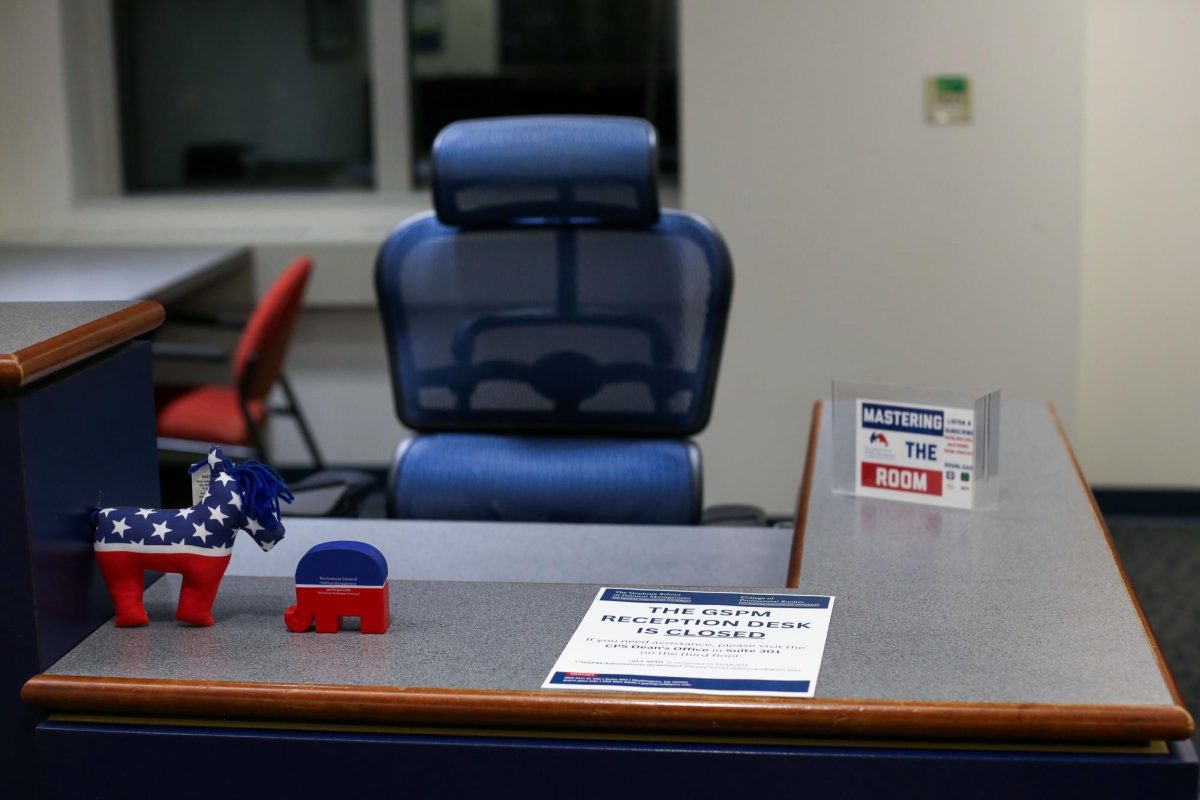Officials said more than a fifth of all students rejected federal loans during the last academic year after reassessing their budgets.
Officials reported that 55 percent of students received federal loan offers during the 2021-22 academic year, but only 32 percent accepted while 23 percent rejected them, which experts attribute to common accessibility to alternate forms of tuition payment, like financial support from parents. The shortage of federal loan acceptance coincides with a national undergraduate borrowing rate that has decreased by 49 percent between the 2011-12 academic year to the 2021-22 academic year, according to an October College Board report on higher education pricing and student aid.
GW’s federal loan acceptance rate dips below the roughly 60 percent student loan acceptance rate among undergraduate students at private universities nationwide, according to National Center for Education Statistics data.
University spokesperson Josh Grossman said when incoming students choose to attend GW, they can review their financial aid offers with the Office of Student Financial Assistance for help making “responsible” borrowing decisions.
“Some students are receiving support from their parents or other family members and may not need to utilize the loans offered,” Grossman said in an email.
President Joe Biden announced a student loan forgiveness plan in October that would cancel up to $10,000 of federal loans for students or families who make under $125,000 annually and up to $20,000 for students who receive Pell Grants. A federal appeals court temporarily blocked the plan last week, but the Biden administration asked the Supreme Court to lift the block on the debt relief plan Friday.
Experts in higher education and finance said students at private universities tend to reject federal loans because they do not need the financial support or want to steer away from mounting debt, and those who take out private loans may be “stuck” in high-interest loan repayment programs after graduation. They said the federal government should reduce the number of payment plan options to streamline the loan repayment process for prospective students, who have been finding other ways, like military enlistment, to finance their education without debt accumulation.
Jennifer Delaney – an associate professor of education policy, organization and leadership at the University of Illinois – said federal loan rejection among students at expensive private universities like GW is “not uncommon” because students are often able to finance their education through alternate means, like their parents, to avoid piling debt.
The median parental income of GW students is $182,000, according to an Equality of Opportunity Project study.
She said the federal government offers five income-based repayment plans for federal loans, like the Pay As You Earn Repayment Plan, which requires borrowers to pay about 10 percent of their discretionary income. She said the government could simplify the loan repayment process and condense the five income-based repayment plans to one option so borrowers wouldn’t have to choose between different plans.
“We just need students to be really savvy consumers to do the math to figure out what is going to be the overall cost,” Delaney said.
She said private loans are “worse” than federal loans for student borrowers because they tend to have higher interest rates than federal loans and require a co-signer, which is another person responsible for loan repayment if the borrower cannot make payments. She said not all private lenders have a “safety net” for loan repayment like federal repayment programs, some of which do not require payments from borrowers if their income decreases.
“A lot of students are getting stuck and borrowers are getting stuck to where they have loans they need to work with a servicer, and they don’t often get the best advice about what’s best for them as a borrower in terms of managing their student debt,” Delaney said.
Thomas Harnisch, the vice president for government relations of the State Higher Education Executive Officers Association, said GW’s low acceptance rate of federal loans is due to the University’s status as a private university, which tends to have a higher cost of attendance than public universities without government subsidies. He said GW’s higher cost of attendance could lead to a higher total of potential debt for student borrowers.
Officials announced that GW’s estimated cost of attendance will surpass $80,000 this academic year.
“With that higher price, that leads to more, in most cases, to great reliance on debt financing,” Harnisch said.
Harnisch said college students can pay for their education through several avenues aside from federal loans, like through military enlistment, public service loan forgiveness programs, repayment opportunities through employers and scholarships. He said students should explore federal student aid opportunities for Pell Grants and federal work-study as a way to finance their education aside from federal loans.
“I would urge students to really exhaust their opportunities before going into the private markets,” Harnisch said.








